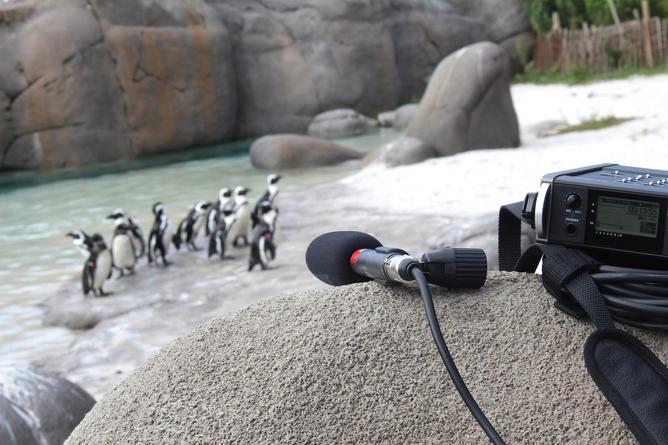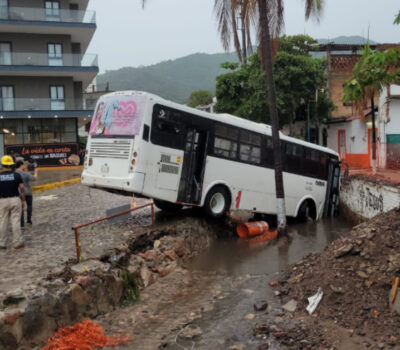Noise pollution, generally an unintended byproduct of urbanisation, transport and industry, is a key characteristic of human development and population growth. In some cases, it is produced intentionally, for example when seismic surveys are being carried out using powerful airgun arrays to explore and map the seafloor, or active sonar, which uses sound waves to detect objects in the ocean.
All of this noise – whether intentional or not – has the ability to alter the acoustic environment of aquatic and terrestrial habitats. This can have a dramatic effect on the animals that live in them, perhaps even driving evolutionary change as species adapt to or avoid noisy environments.
Rising noise levels
The dramatic and comparatively recent rise in noise levels is marked in both magnitude and extent, with an estimated 30% of the European population exposed to road traffic noise levels greater than 55dB (decibels) at night, well above the 40dB target recommended by the World Health Organisation. Even remote natural areas do not escape the reach of anthropogenic, or manmade, noise. One study across 22 US national parks demonstrated that this kind of noise was, on average, audible more than 28% of the time.
Noise is not just irritating; we have known for some time that it can have direct human health impacts. Indeed, chronic exposure to noise levels above 55dB dramatically increases the risks of heart disease and stroke, while aircraft noise has been shown to impact the development of reading skills in children attending schools close to busy airports. The WHO estimates that in Europe at least a million healthy life years are lost every year due to traffic noise.
Changing behaviours
But what are the implications for wildlife, particularly given how important sound production and hearing are for a range of behaviours, such as locating food, avoiding predators and finding a mate? For example, bats and dolphins rely on high frequency sonar to detect highly mobile prey, while great tits, red deer and grasshoppers are among the many species that advertise their dominance and desirability using vocalisations. Elephants can even use sound to determine the threat presented by different human groups.
Scientific interest in the effects of noise pollution on wildlife has intensified over the past decade and we are now developing a better understanding of how noise can impact behaviour, population and community level processes across a range of animal species. Using experimental and observational approaches to characterise and explore the specific effects of different noise sources, the evidence generated from these studies is considerable, particularly among songbirds and marine mammals, which rely heavily on sound and vocal communication.
We now know, for example, that the foraging, vocal behaviour and physiological stress of cetaceans – whales, dolphins and porpoises – can be impacted by ship noise. This is of particular concern for species such as the endangered North Atlantic right whale that inhabits coastal US waters that experience very high levels of shipping traffic. Furthermore, in addition to shifts in distribution and vocal behaviour, military sonar has also been linked to the stranding of cetaceans.
The impacts are not just limited to marine mammals, considerable negative effects of noise are also documented in marine and freshwater fish and invertebrates. These include recent studies that have demonstrated compromised anti-predator behaviour in crabs and eels exposed to ship noise.
In terrestrial habitats, bird diversity and abundance has been shown to decline as a result of chronic noise levels around cities and along roadways. A number of species have demonstrated adjustments to their vocal behaviour in an attempt to adapt to the cacophony of human noise. Urban great tits for example, are able to raise the frequency of their calls to reduce acoustical masking by predominantly low-frequency urban noise, while European robins adjust the timing of their singing to coincide with quieter periods in the city. Meanwhile, black-chinned hummingbirds and house finches appear to actively select noisy areas near active gas wells to avoid nest predation by more disturbance sensitive species.
Roads are a major source of terrestrial noise due to their spatial extent and the volume of traffic. A 2003 study calculated that 83% of the lower 48 states of the US was within about 1km of a road. I have been working with colleagues at Colorado State University and the National Park Service to explore the effects of road noise on the prairie dog, a social mammal.
Our research demonstrated that prairie dogs, which commonly live in habitats near roads and urban areas, significantly reduced their foraging and increased their vigilance behaviour when exposed to road noise. Such shifts in behaviour could have impacts on their long-term population health particularly in combination with other stressors such as disease and habitat loss.
Road noise has also been shown to impair the foraging efficiency of bats and alter vocal communication in frogs and invertebrates.
Difficulties of measurement
Studying noise isn’t an easy thing to do. First of all, sound levels cannot accurately be measured and defined using a single absolute scale, such as those used for temperature, rainfall and wind speed. For simplicity we often just refer to a decibel level, but this does not take into account the duration and frequency of the acoustical signal. The specific effects of noise also need to be disentangled from the sources of disturbance that often accompany it, including human presence, habitat fragmentation and chemical pollution.
The need to further understand the complex biological effects of noise and establish scientifically relevant thresholds of noise exposure is a priority for human health and wildlife conservation. Rapid development, urbanisation and population growth are set to continue into the future. As a result we need to ensure a collaborative effort between scientists, industry and government to protect natural soundscapes where possible, while also promoting new technology and approaches that mitigate the effects of noise.
Man made noise is a relatively recent phenomenon, particularly in evolutionary terms, but scientific studies have demonstrated that it has the potential to adjust behaviour, alter physiology and even restructure animal communities. Ultimately, such a strong selection pressure could drive evolutionary change. These are complex questions that are now being explored by experts across a range of disciplines from animal behaviour to bioacoustics.
Noise pollution, generally an unintended byproduct of urbanisation, transport and industry, is a key characteristic of human development and population growth. In some cases, it . . .












